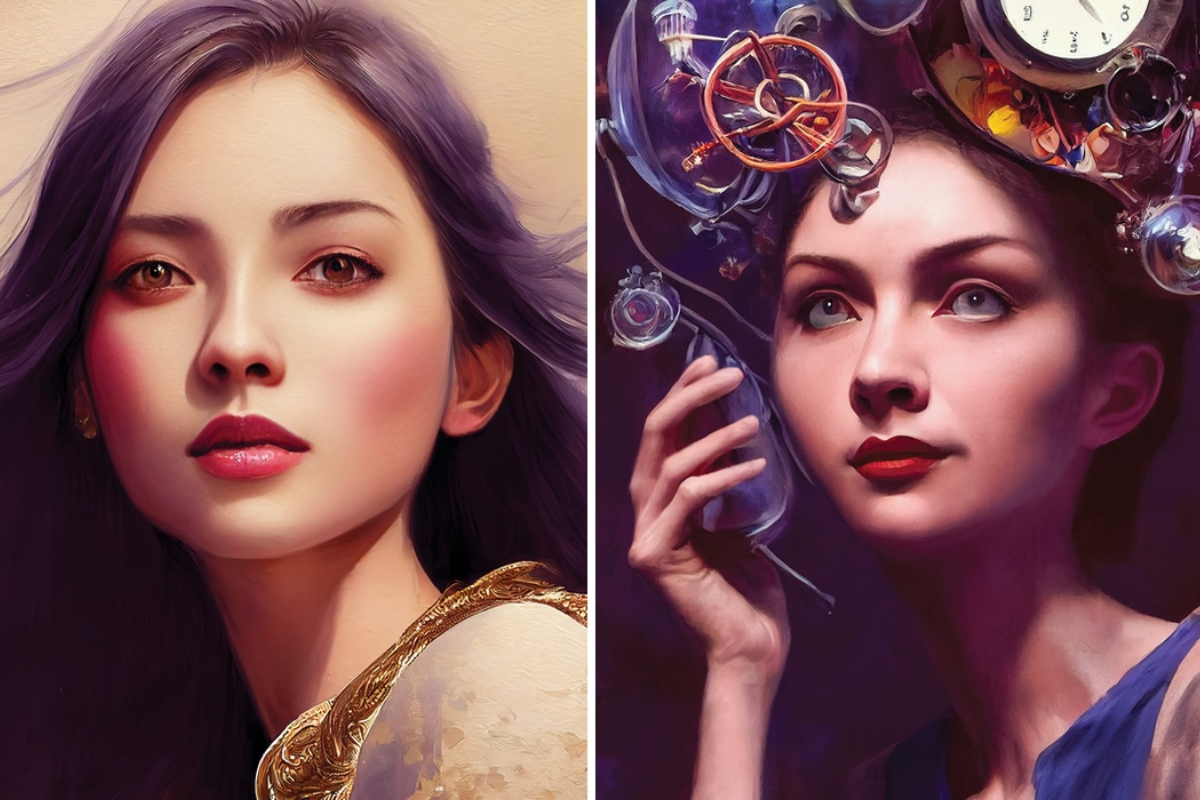- AI image generators improve with safeguards.
- Tech giants push text-to-image in apps.
- Ethics addressed in AI image creation.
In the past year, artificial intelligence tools capable of generating artwork and realistic images from written commands have captured the public’s imagination.
However, the adoption of these tools for practical use at work and home has been limited. Tech giants are now vying to bring text-to-image generators into mainstream applications like Adobe Photoshop, YouTube, and others, but they face the challenge of convincing users and regulators that they can address concerns related to copyright infringement and problematic content.
A year ago, a niche group of early adopters and enthusiasts began experimenting with cutting-edge image generators, including Stable Diffusion, Midjourney AI, and OpenAI’s DALL-E. While these tools were intriguing, businesses were cautious about their implications, according to David Truog, an analyst at Forrester.
A backlash ensued, with copyright lawsuits filed by artists and companies like Getty Images and calls for new regulations to prevent the misuse of generative AI for deceptive political ads and offensive content. Although these issues have not been fully resolved, a new wave of image generators claims to be business-ready and equipped with safeguards.
Amazon, for example, is working on integrating AI image generation into its Fire TV, allowing users to create personalized displays by simply issuing voice commands. Adobe, a pioneer in graphics editing with Photoshop, released its AI generator named “Firefly,” which stands out for its commitment to using legally sourced content, including Adobe Stock images and licensed material. This legal cleanliness is a distinguishing factor, especially for businesses and creative professionals who rely on images for various purposes.
OpenAI, known for creating ChatGPT, unveiled its third-generation image generator, DALL-E 3, emphasizing both its capabilities and enhanced safeguards. DALL-E 3 aims to decline requests that mimic the style of living artists and offers creators the option to exclude their work from future model training. However, concerns about compensation for authors whose work is used for training remain.
In parallel developments, Microsoft and YouTube showcased their AI-infused products in New York City. Microsoft, an investor in OpenAI, is incorporating DALL-E 3 into its graphic design tools and Bing search engine, focusing on background editing. YouTube introduced the “Dream Screen” for short videos, enabling creators to customize their backgrounds.
Furthermore, Adobe and Stability AI, the creators of Stable Diffusion, joined forces with other major AI providers, including Amazon, Google, Microsoft, and OpenAI, to establish voluntary safeguards recommended by the Biden administration. These safeguards include methods like digital watermarking to indicate AI-generated content and content filters to prevent the generation of inappropriate or harmful imagery.
Tech companies are actively working to address the legal and ethical concerns surrounding AI image generation, aiming to make these powerful tools more accessible and responsible for a broader audience.
[embedpost slug=”/southgate-defends-using-foden-in-wide-position/”]
To stay informed about current events, please like our Facebook page https://www.facebook.com/BOLUrduNews/.
Follow us on Twitter https://twitter.com/bolnewsurdu01 and stay updated with the latest news.
Subscribe to our YouTube channel https://bit.ly/3Tv8a3P to watch news from Pakistan and around the world





















